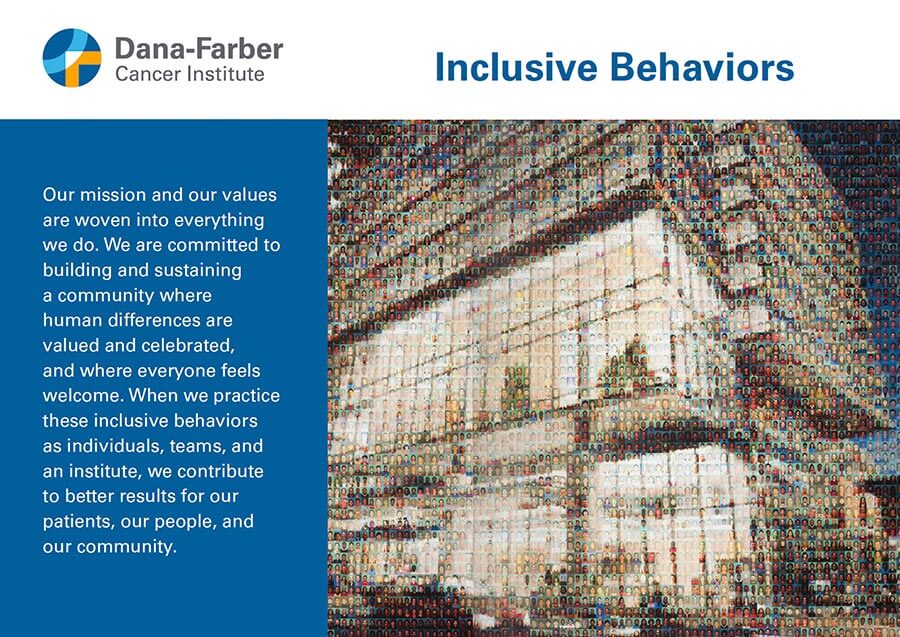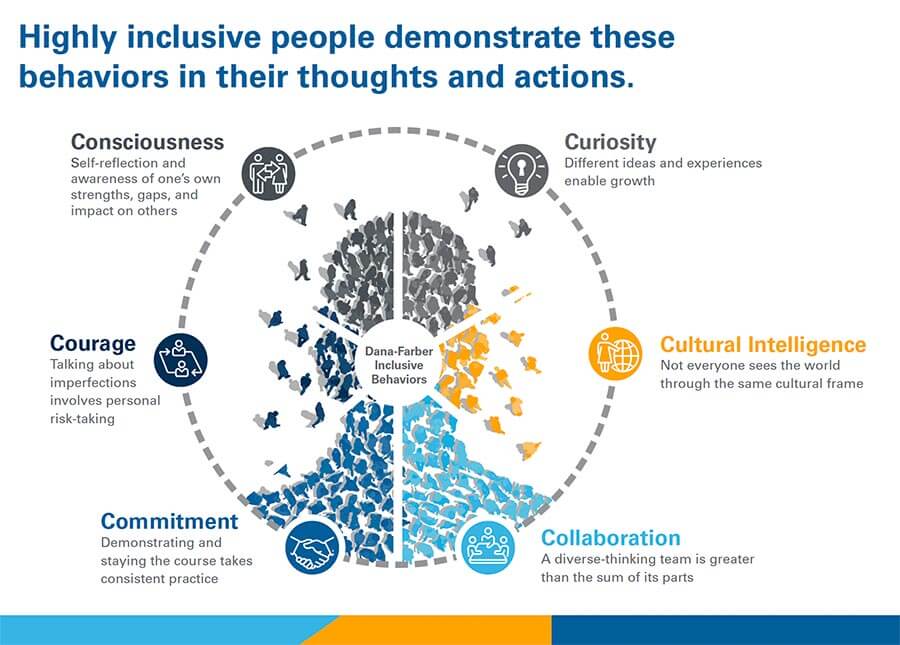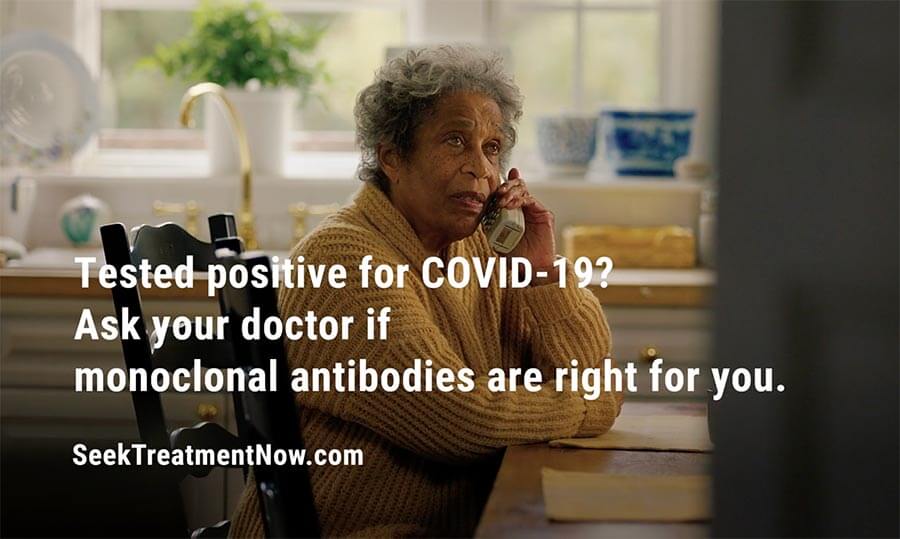Contact Information
420 Lexington Avenue, Suite 1756New York NY 10170
Stati Uniti
Social:
Tom Steadman
Managing Director
Telefono: 212-488-4774
Basic Info
Fondata nel: 2012
impiegati: 30
Premi: 7
Creazioni: 88
Clienti: 16
Fondata nel: 2012
impiegati: 30
Premi: 7
Creazioni: 88
Clienti: 16
IPNY, Inc.
420 Lexington Avenue, Suite 1756New York NY 10170
Stati Uniti
Tom Steadman
Managing Director
Telefono: 212-488-4774
Overcoming Bias: Unlocking the Mind

Dana-Farber’s Guide to Inclusive Behaviors

Dana-Farber’s Guide to Inclusive Behaviors

IPNY’s work for Regeneron generates empathy by allowing the audience to project into the stories of others.
The emphasis on Diversity, Equity and Inclusion (DEI) has been long overdue for healthcare marketers, and as we come to terms with how to broaden our appeal to the people in our communities and be more inclusive, we’re realizing that it’s not an easy task. We’re also learning more about bias and the need to work with it – both the biases that our targets may have against certain healthcare issues or institutions and the biases we may have that guide how we think or feel about the populations we serve.
In recent years, smart healthcare marketers have leveraged best-in-class principles of Neuroscience – the science of the human brain. Neuroscience can help us navigate bias, bridge gaps, and build offerings and communication that inspire and motivate our targets to take action. Our recent SHMSD panel – Overcoming Bias: How to Unlock a Closed Mind? — helped us understand the nature of bias and how to account for it, both when focusing internally and when building the right kind of communication to our target. The panel featured Donna Walthall, Senior Director of Marketing at Dana-Farber Cancer Institute in Boston, MA and Dr. Sarah Bridges, a noted neuropsychologist and head of Bridges Consulting.
Here are a few key takeaways that can help those in healthcare who are managing external communication and looking to strengthen their organization’s DEI:
1. Remember, bias is inherent in everyone. Bias is a fact of life. Our brains were built to keep us safe, and unconscious preference, or bias, is a natural tendency that can manifest itself any number of ways – from conserving our mental energy to exhibiting a preference for the familiar. But left unchecked, bias can impact the way we make decisions. For example, we often overrate information that comes to mind easily, or look for data that supports what we believe. On a day-to-day basis, there are many kinds of bias that come into play. And they need to be both acknowledged and managed.
2. To be successful, the commitment to Diversity, Equity and Inclusion needs to be embraced by the entire organization. It’s naïve for organizations to think that hiring a Chief Diversity Officer (CDO) will solve all problems if they don’t embrace and support the programmatic changes and policies the CDO is implementing. Dr. Randal Pinkett, author of Data Driven DEI, underscores that successful DEI requires planning, metrics, and process – and that all of these key elements are dependent on the participation of an organization’s employees, who are accountable for outcomes. Dana-Farber’s Guide to Inclusive Behaviors, an employee-directed manual aimed at the acculturation of a more inclusive way of working together, points out everyday behaviors each employee can adopt to help accelerate the organization’s goal. And Dr. Bridges recommends five key practical tools for challenging bias in an organization:
• Keep diversity on the team
• Standardize a process or way of working which keeps bias in check
• Involve the community whenever possible
• Test your assumptions before turning them into action
• Lead with empathy and curiosity in everything you do
3. Importantly, marketers shouldn’t assume that our commitment to DEI will be embraced by external target audiences. Just like us, our targets have their own biases which will impact their relaIonship with us. A key example of this was illustrated by Dana-Farber, when their research showed them that low response to community efforts (participation in a free community mammogram program) was due to several perceptual barriers, e.g.:
• Target bias towards the incurable nature of cancer
• Target mistrust of “research” and “institute” due to the resulting stigma from the legacy of Tuskeegee
• Target bias against Harvard, as Harvard was seen as “elitist.”
Consequently, marketing efforts needed to address these biases head-on with positive and inspirational messaging that could make the target receptive to Dana-Farber’s offering and commitment to help the local community.
4. Unlocking a closed mind requires building empathy. As noted earlier, empathy plays a key factor in being able to implement programs that help an organization encourage diversity. Empathy is also key to unlocking a closed mind. Storytelling enables empathy because it incorporates relatable characters from the community, is culturally relevant, and eliminates the perceived threat that a target might feel when entering an unfamiliar situation. At the heart of any good story is a keen awareness and understanding of the target audience’s perceptions, values and beliefs. It is understanding these values and beliefs, uncovered by doing thorough research, that facilitates engaging communicaIon. Valuable lessons from crafting communication that overcomes bias include:
• Don’t undermine the target’s sense of being and staying in control. We’ve learned time and again that healthcare targets rarely believe they’re doing nothing to stay healthy. Case in point: smokers, who are often perceived as neglecting their health, repeatedly point to trying to make sensible dietary choices, or monitoring alcohol intake. In all cases, our targets need to know that what we are offering will enable them to further take control of their health – not punish them for bad behavior.
• Keep communicaIon personal, not institutional. As often as possible do not communicate using a clinical setting. Show relatable people, keep language peer-to-peer, and create visuals that are simple and easy to understand.
• Talk to the benefit of care, not the problem. Greeting the target with a problem can elicit a threat response and make them less receptive to action. Stressing the positive benefits of self-care (e.g., peace of mind, avoidance of problems later down the road, being there for loved ones) garners much greater interest and attention.
• Make it easy to take action. Give the target simple steps to help themselves. Book an appointment. Call a phone number. Ask a specialist. Provide helpful directions, but don’t overwhelm.
In summary, understanding how our brains work is the key to navigating bias. And whether we’re trying to effect meaningful change within our own organizations or recognize and welcome our own communities, a fundamental understanding of neuroscience is essential to success.